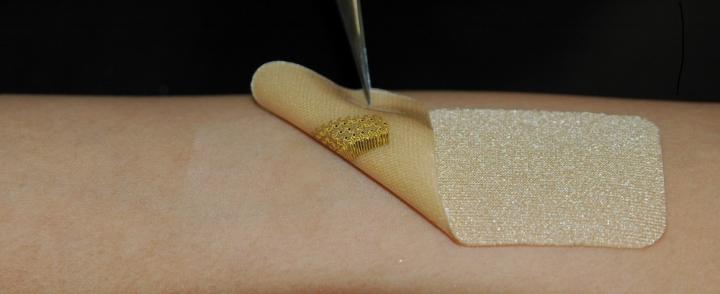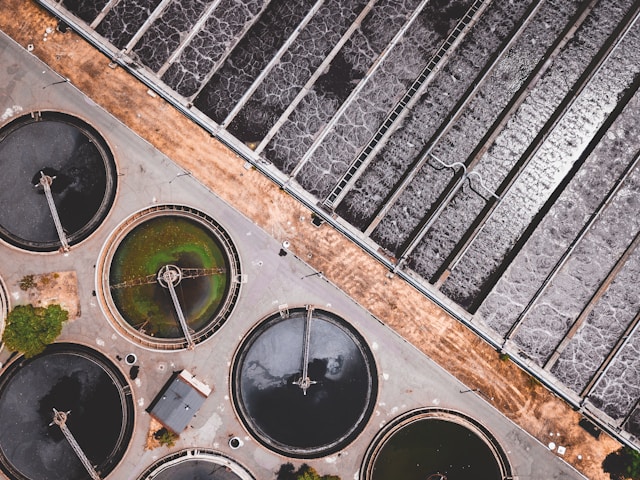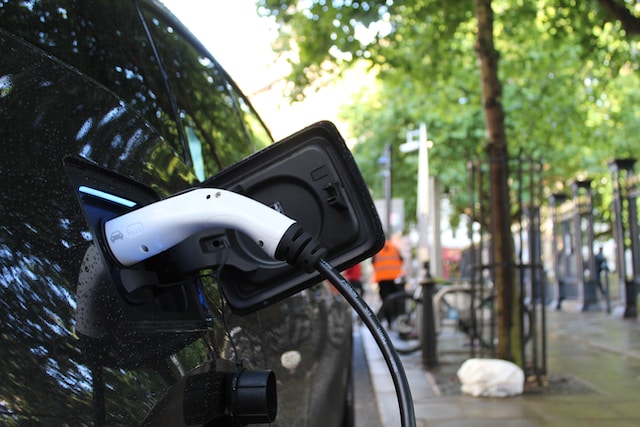If you have ever experienced the painful procedure of wound dressing and treatment, this new innovative advancement in electronics and dermatology, is the ultimate solution.
A wound is normally classified as chronic if it exceeds a 3-month healing process or fails to demonstrate healing under the normal physiological tissue repair mechanism.
Normal Physiological Tissue Repair Process
The normal physiological wound healing process can be classified into three distinct stages:
- hemostasis and inflammation – stop bleeding, forms a barrier over the wound and induces inflammation for the immune system to apply the right chemicals to heal the wound
- proliferation – rebuilding blood vessels and starts the skin structure regeneration
- remodeling – reestablish the normal mechanical properties of skin and determines the strength of the scar
Current Wound Care
Dressings. Through painful, expensive laboratory and time-consuming tests it is determined what type of dressing should be applied to the wound. Keeping in mind that the body is trying to heal itself (hemostasis and inflammation), any delay or mistreatment can lead to a chronic wound.
There are four classifications:
- passive – cloth gauze
- interactive – films and/or foams providing a barrier against bacterial invasion
- advance – maintain wound moisture
- bioactive – biological scaffolds or drug delivery systems
Biomarkers
Biomarkers are critical to provide clinical and continuous information about the reparation of a wound and the stages of inflammation. Biomarkers such as glucose, lactate, pH, oxygen, interleukin-6, as well as temperature and blood pressure determine wound healing progress. The values of these Biomarkers, derived from expensive and time-consuming laboratory tests, determine the type of medical care that will be provided.
Flexible Biosensors
The rapid development in micro and Nano electronics, have paved the way for a new class of wearable wound treatment technology. Current mounting of electronics is rigid and not suitable for Epidermal application.
Inkjet printing is seen as the answer to produce tattoo electronics which are more flexible and stretchable. Ink composed of desired material fills a chamber attached to a nozzle that is controlled via piezoelectric effects. To overcome the “breathing” of the wound (trapping of biofluids and air), a newly developed nanomesh platform, which conforms to the groves in the skin, will produce a stretchable electrode biosensor.
Conclusion
Although not available in practice, the focal point for such a Biosensor should be to monitor physiological information and assist in providing proper treatment while worn.







